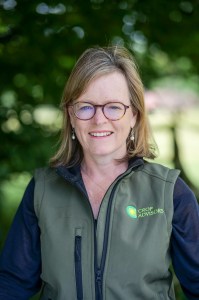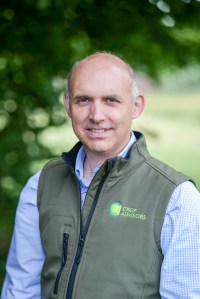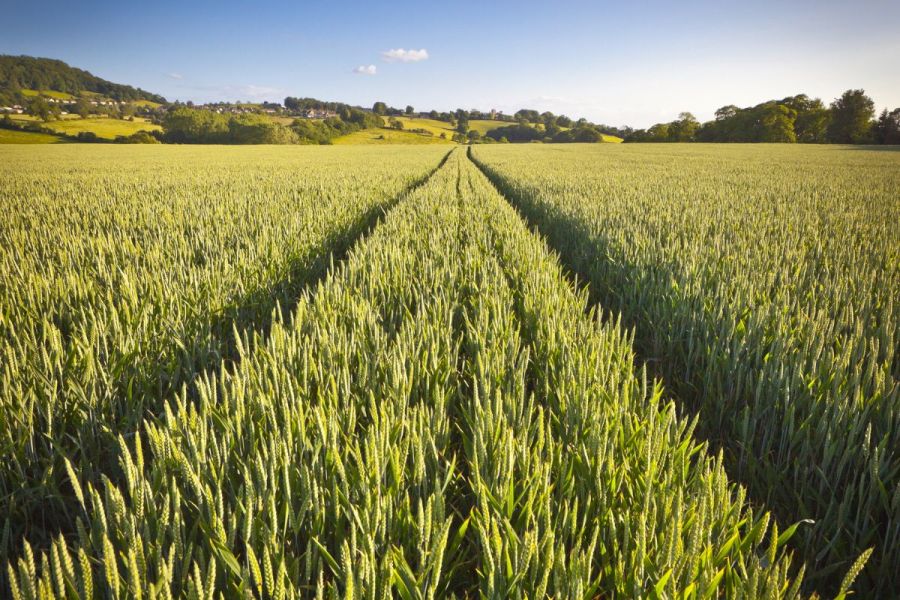With many crop production input costs at historical highs, seeking the best deals is more important than ever. CPM finds out how independent agronomy linked to an independent buying group is helping growers.
“The independent sector looks after about 50% of the arable area now and our product use is important to manufacturers and distribution.”
By Rob Jones
Whether it’s purchasing seed, fertiliser or crop protection products, every buying decision should be based on sound technical advice. Independent agronomists can provide industry-leading advice, but there’s been a misconception that their clients are more exposed to market forces, as they have no commercial relationship with suppliers.
But with more Association of Independent Crop Consultants (AICC) members operating in consultancy partnerships linked to regional or national buying groups, is it time to debunk this misconception?

Buying groups help to create value for all scales of farm across the full range of goods over multiple years, says Matthew Cobbald.
Matthew Cobbald, crop protection product manager at national buying group Fram Farmers, says growers benefit from purchasing scale mixed with independent guidance on product selection. “Buying groups also help to create value for all scales of farm on the full range of goods over multiple years.
“Inevitably there are short-term deals to be sniffed out, and these are important to react to and communicate, but it’s the large-scale continuous year-in-year-out purchasing across multiple products where the real advantage lies.”
One regional example of a buying group is Crop Advisors, which services more than 600 farmer members managing over 120,000ha from Kent to Glamorgan in South Wales.
Set up in 2000 by 11 independent agronomists, it now incorporates 21 from 10 separate consultancies, operating as a technically-focussed buying group which ensures clients have access to the latest inputs at competitive prices.
Emma Martin, Crop Advisors’ managing director, says this is achieved through a flow of information between growers, agronomists and the buying group.
She explains that information is required on the cropping plans for each individual farm breaking it down to how much of each variety is planted, which in most cases can be gleaned from digital crop records.
Once all acreages are declared, the 21 advisors meet to discuss the technical merit of different fungicide programmes per each wheat variety, for example. At this point, it’s also valuable to discuss which weeds are emerging through autumn herbicide programmes, indicating the products required to clean up in the spring.

According to Emma Martin, the days of independent agronomists calling a distributor and ordering product that’ll be used in two weeks’ time are over.
The buying group then creates forecasts and feeds them back to product manufacturers and distributors to ensure members have access to the latest chemistry and continuous supply.
“The independent sector looks after about 50% of the arable area now and our product use is important to manufacturers and distribution. They communicate potential supply issues with us so we can forewarn agronomists and they can adapt,” says Emma.
“There’s a constant communication up and down the chain. The days of independent agronomists calling a distributor and ordering product that’ll be used in two weeks’ time are over – it’s very much based on planning,” she adds.
With independent buying groups such as Crop Advisors and Fram Farmers servicing large areas, they can buy significant volumes and pass on substantial savings to growers. To establish the most cost-effective options, Emma and Matthew agree that groups don’t focus solely on the cost per can, but the value of the actives per hectare.
Each year, groups carry out analysis of co-formulations containing more than one active substance, breaking it down to identify the cost of each constituent. For example, by looking at various SDHI-prothioconazole fungicide co-forms and calculating the cost of prothioconazole in the products, it’s possible to deduce the cost of their SDHI components.
Emma says this data is then shared with agronomists, showing a per-hectare cost for half, three-quarter and full rate SDHI. “Each season, this tells us which products provide great value. Combined with the cropping information, it allows us to easily work out how much we have to secure to cover demand.”
A similar analysis is used for fertiliser, calculating how much the sulphur component costs in various compound products, with growers making significant cost savings by switching to polysulphate if appropriate for their farm.
Fellow Crop Advisors director Howard Nason points out the group’s effectiveness at seed purchasing, using forage maize – grown widely across Crop Advisors’ area – as an example.
There are some 43 varieties on NIAB’s descriptive list. As a starting point, Howard looks at which traits – such as yield, early vigour, standing power and eyespot resistance – have a value above the Least Significant Difference (LSD) of the varieties and those with lower-than-average values.
Combined with field experience, the strengths and weaknesses of varieties are identified to inform which are most suitable and where they’re best planted.
“We can then overlay pricing data and factor in milk yield per hectare, which is easily calculated from the ME value. This helps us to create a shortlist of varieties to recommend to growers. We can then purchase larger volumes of shortlisted varieties at a greater cost saving to the grower,” explains Howard.

Howard Nason has conducted work to understand which Countryside Stewardship AB8 flower rich margin mixes provide the best value.
An increase in cover cropping as well as the development of stewardship requirements over recent seasons have together posed a challenge for buying groups, because it’s difficult to compare seed mixtures like-for-like.
With quotes for Countryside Stewardship AB8 flower rich margin mixtures differing by £195/ha from the cheapest to the most expensive, Howard set about assessing which mixtures provided the best value.
This involved analysis of independent research carried out by organisations such as the Game and Wildlife Conservation Trust (GWCT), which shows certain wildflower species within mixtures increase pollinator diversity significantly.
Once all of the independent information was considered, it was presented to agronomist members and their clients, enabling an informed decision on seed mixture purchasing to be made.
“We can offer a budget option to simply meet requirements, plus a more enhanced mixture that includes the most environmentally-beneficial species outlined in the research. Again, this allows us to bulk buy and offer members the best possible value,” adds Howard.
Matthew says buying groups can have a much wider offering to members today than seed, fertiliser and ag-chem providers alone, with Fram Farmers also providing machinery and fuel, and grain marketing support. It’s also branching out into novel areas such as carbon trading, which is generating more interest amongst members who want to understand alternative future markets.
Putting in place the correct buying group structure is also key to delivering on all of its member requirements, which includes reliable supply, good price, and exceptional service. Matthew adds that all members are represented within a triangle of these three key factors, but the group is also sensitive to the requirements of each individual business.
For example, some growers will be more sensitive to price over service and supply, so will compromise on areas such as planning or ordering to secure the best deal. Others will have slightly lower sensitivity to price compared to receiving supply with ease and specifically when it’s required, with less compromise.
“Our objective is to accommodate these differences and ensure agronomists linked to Fram Farmers have all of the information and support required to provide the best commercial and technical support for members.
“The not-for-profit background of Fram Farmers, working alongside AICC members, is one which carries great favour with growers and helps to assist the commercial function of their business,” says Matthew.
Emma adds that another benefit growers glean from employing an independent agronomist linked to a buying group is a central point of contact for any supply queries, freeing them up to do their core job in the field.
“It shows there’s a significant support network behind the scenes to back up the agronomists’ role and independent ethos on farm,” she concludes.
This article was taken from the latest issue of CPM. For more articles like this, subscribe here.
Sign up for Crop Production Magazine’s FREE e-newsletter here.




